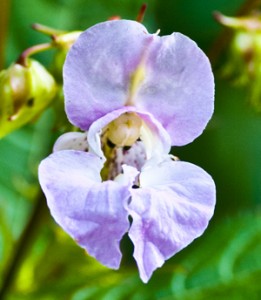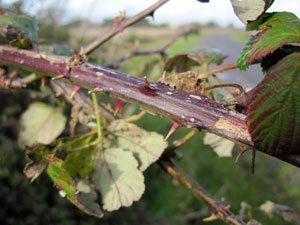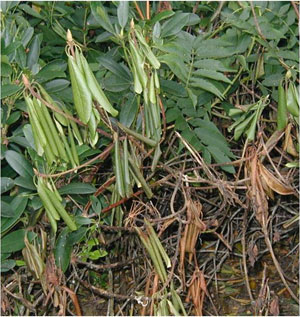Spraying – herbicide and pesticide application

I recently undertook a Knapsack Sprayer PA1 and PA6a (NPTC) 2 day course. The course is aimed at anyone using, or purchasing pesticides, herbicides or fungicides, and applying them with a knapsack sprayer on land. The courses cover the correct preparation of equipment as well as its maintenance, safe operation and calibration. The course was broken down into the following sections:-
Introduction & aims.
Approved Code of Practice.
Storage, mixing & safe use.
COSHH & risk assessments.
Hazard awareness.
Safe disposal, record keeping.
Site assessment, Risk assessment.
Protective equipment, safety procedures.
Correct use of the spray equipment.
Storage & transport.
The course had a nice balance of practical and theoretical work; and plenty of time is given for you to get to grips with your sprayers. Time is also given to ask any questions you need about maintenance and product advice. All the paperwork was provided to help you with calculating chemical dosage and calibration. The course covers a lot of useful information and by the end of the two days, I had learnt a great deal and felt confident that I would be able to get started and put it all into practice in a real life setting.
 The main information I brought away from the course was that spraying takes on two main aspects and uses either pesticides or herbicides to
The main information I brought away from the course was that spraying takes on two main aspects and uses either pesticides or herbicides to
- target pests and diseases (pesticides) or
- to eradicate weeds and invasive species (herbicides).
There are many uses for spraying in a huge range of settings but I will keep it brief and highlight some of its uses in a woodland and / or forestry settings.
Spot spraying herbicide around newly planted or establishing trees will help reduce competition from weed growth and greatly increase the chance of survival and help promote growth within your newly planted trees.
 Rhododendron and Laurel reduces the biodiversity value of a site, hindering woodland regeneration and once established, is difficult and costly to eradicate. Rhododendron can also be a host for the fungus-like pathogen Phytophthora ramorum, which affects larch and potentially other tree species. Spraying has been shown to have success in tackling the problem but more than one application of spraying is generally needed.
Rhododendron and Laurel reduces the biodiversity value of a site, hindering woodland regeneration and once established, is difficult and costly to eradicate. Rhododendron can also be a host for the fungus-like pathogen Phytophthora ramorum, which affects larch and potentially other tree species. Spraying has been shown to have success in tackling the problem but more than one application of spraying is generally needed.
Spraying has been shown to have success on removing bracken that has taken a strong hold in your woodland or taking over a new tree planting area. Bracken has a very small window of opportunity for spraying, generally from the beginning of July to August.
There is currently a huge focus in the UK to control invasive non-native plants such as Japanese Knotweed, Giant Hogweed and Himalayan Balsam and they have been managed to some degree of success with the use of herbicides.
If you are serious about tackling a large amount of spraying on your land then the appropriate training is vital so you should attend a course. Alternatively if a particular species is driving you mad in your woodland then look in to getting professional advice to tackle the problem. A huge amount of information can be found at http://www.forestry.gov.uk/pesticides and if you want to find out more , it is definitely worth checking it out.
Comments are closed for this post.
